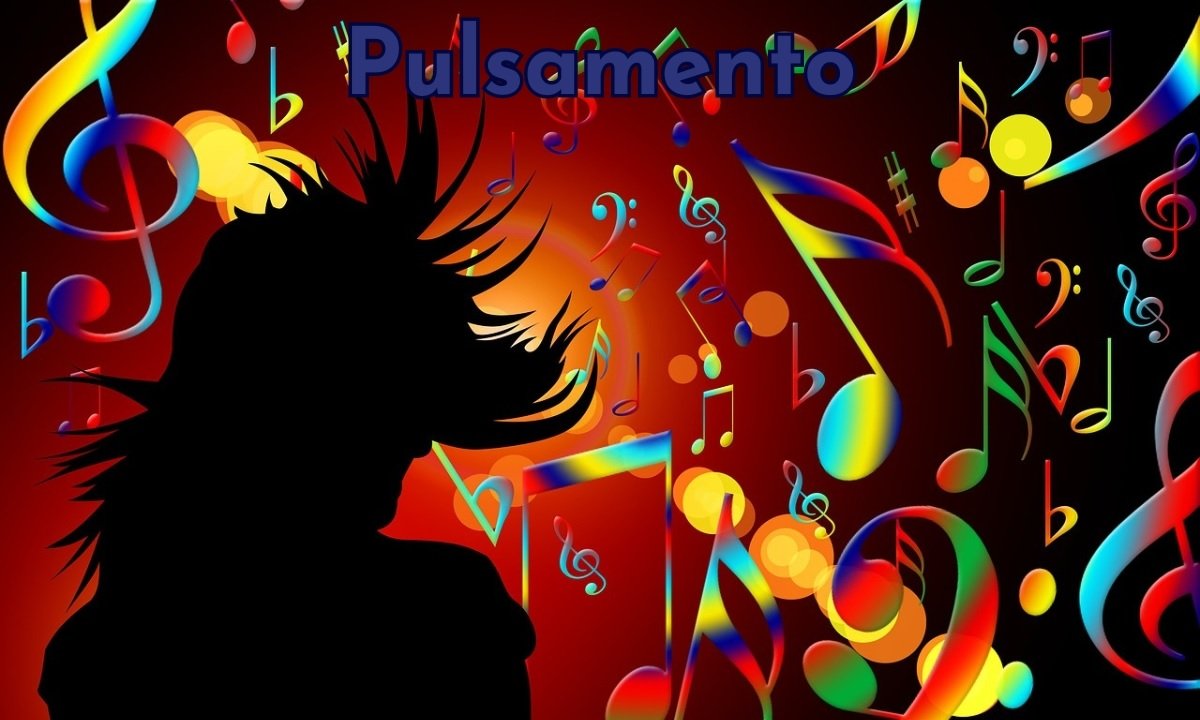Pulsamento, also known as throb or pounding, is a technique used in various art forms to create a sense of rhythm and movement. From music to dance to visual arts, It is a powerful tool that can evoke strong emotions and captivate audiences. In this article, we will delve into the world of Pulsamento and explore its use in different art forms.
What is Pulsamento?
Pulsamento is a term derived from the Italian word “pulsare”, which means to throb or beat. It refers to the rhythmic pulsing or throbbing sensation that is created through a repeated pattern of strong and weak beats. This technique is commonly used in music, dance, and visual arts to create a sense of movement and energy.
Pulsamento in Music

One of the most iconic examples of Pulsamento in music is the song “We Will Rock You” by Queen. The repetitive stomp and clap in the chorus create a strong pulsating beat that is impossible not to tap your foot to. This technique not only adds to the energy of the song but also encourages audience participation, making it a staple at sporting events and concerts.
Pulsamento in Dance

One of the most famous examples of Pulsamento in dance is the Argentine tango. The dancers’ movements are in perfect harmony with the pulsating beat of the music, creating a mesmerizing display of passion and energy. Pulsamento is also used in salsa dancing, where the dancers’ quick and precise footwork is in sync with the pulsating rhythm of the music.
Pulsamento in Visual Arts

One of the most famous examples of Pulsamento in visual arts is the painting “Composition VIII” by Wassily Kandinsky. The use of bold lines and vibrant colors creates a sense of pulsating movement that draws the viewer’s eye across the canvas. This technique not only adds to the energy of the painting but also creates a sense of depth and dimension.
The Power of Pulsamento
Pulsamento is a powerful tool that can evoke strong emotions and captivate audiences. It adds a sense of energy and movement to various art forms, making them more engaging and dynamic. But what makes it so effective?
Creating a Sense of Rhythm and Flow

Evoking Emotions
Pulsamento can also evoke strong emotions in the audience. The pulsating beat can create a sense of excitement, passion, or even tension, depending on how it is used. In music, It can make the audience want to dance or sing along, while in visual arts, it can create a sense of movement and energy that draws the viewer in.
Adding Depth and Dimension
In visual arts, Pulsamento can add a sense of depth and dimension to a static image. By using techniques such as repetition and accentuation, artists can create a sense of pulsating movement that adds to the overall composition. This technique can make a painting or sculpture more dynamic and engaging, drawing the viewer’s eye across the piece.
How to Incorporate Pulsamento in Your Art

Experiment with Different Rhythms
Pulsamento is all about creating a sense of rhythm and flow. Experiment with different rhythms and beats to find the one that best fits your art form. You can also try incorporating pauses and accents to add more depth and dimension to your work.
Use Repetition and Accentuation
Repetition and accentuation are key elements of Pulsamento. By repeating a pattern of strong and weak beats, you can create a sense of pulsating movement in your art. Accentuation can also add to the energy and drive of your piece, making it more engaging for the audience.
Collaborate with Other Artists
Collaboration is a great way to incorporate Pulsamento into your art. By working with other artists, you can combine different art forms and techniques to create a truly unique and dynamic piece. For example, a musician can collaborate with a dancer to create a performance that incorporates it in both music and movement.
Real-World Examples of Pulsamento in Art

Music: “Another One Bites the Dust” by Queen
The iconic bassline in this song is a perfect example of Pulsamento in music. The repetitive pattern of strong and weak beats creates a sense of pulsating movement that drives the song forward.
Dance: “Libertango” by Astor Piazzolla
This tango piece is a perfect example of Pulsamento in dance. The dancers’ movements are in perfect sync with the pulsating beat of the music, creating a mesmerizing display of passion and energy.
Visual Arts: “The Great Wave off Kanagawa” by Katsushika Hokusai
This famous woodblock print is a great example of Pulsamento in visual arts. The use of bold lines and repetition creates a sense of pulsating movement that draws the viewer’s eye across the piece.
In Conclusion
Pulsamento is a powerful technique that can add energy, movement, and emotion to various art forms. Whether you are a musician, dancer, or visual artist, incorporating Pulsam into your work can make it more engaging and dynamic. So go ahead and experiment with different rhythms, collaborate with other artists, and let Pulsamento take your art to new heights.
Read More Topic, Visit-Sirler
